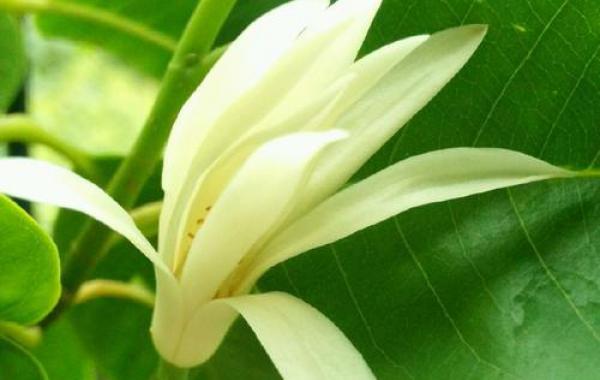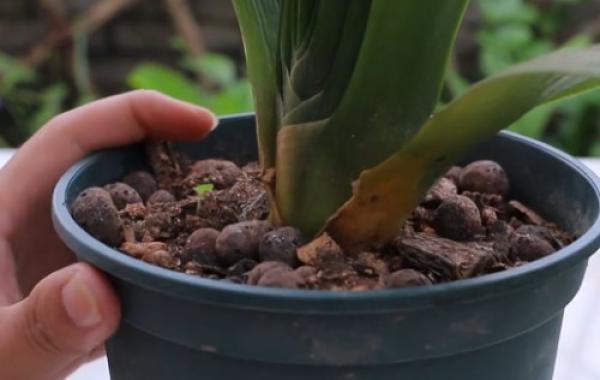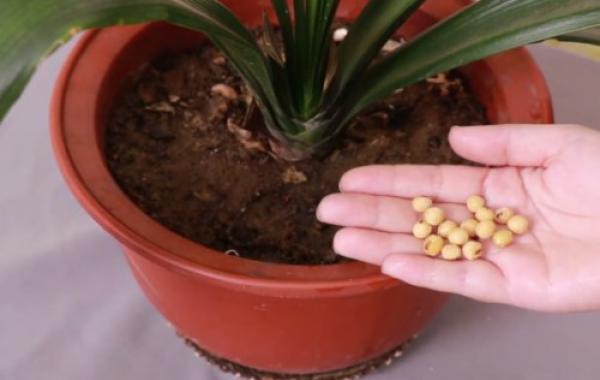What are the characteristics of white orchid conservation?

What are the characteristics of white orchid conservation.
White orchids are fragrant and pleasant, noble and elegant. Many people like to choose seeds. The following is an introduction to the conservation. Pay attention to the place:
White orchids like sunshine, not tolerant of shade, requiring sufficient light. If placed in the shade of insufficient light, it will cause excessive growth of branches and leaves, thin branches and thin flowers or no flowering. Cultivation in northern areas, if exposed to hot summer light, plant growth will also be inhibited, the edge of young leaves easy to appear anti-roll yellow symptoms. White orchids are sensitive to moisture. They prefer moist air and moist soil. When the soil moisture is too much, permeability is not smooth, there will be rotten roots and yellow leaves phenomenon, serious cause deciduous death. Should be rich in humus and good drainage of acidic sandy loam, if planted in alkaline or poor drainage soil, growth stops, or even death. Potted white orchids in the north can be cultivated with rotting soil or peat soil and sandy loam mixed equally, and a small amount of bone powder can be added as base fertilizer. From the beginning of May, thin cake fertilizer water or alum fertilizer water can be applied every 7-10 days (preferably alternately). Add 1-2 times of quick-acting phosphorus fertilizer before flowering, so that white orchids can spit fragrance endlessly. Fertilization is stopped after the end of September.
The amount of watering depends on plant growth and weather conditions. Generally, spring watering should not be more, in order to keep the pot soil slightly moist; summer temperature is high, evaporation is fast, and it is at the peak of flowering, watering needs to be sufficient; autumn watering should be slightly more than spring, because at this time the pot is full of roots, pot soil is less, water storage capacity is low, but each watering amount should not be more, it is appropriate to irrigate the pot. During the growth period to prevent water shortage, otherwise easy to cause leaf margin dry. As the weather gets cooler in late autumn, the watering frequency should be gradually reduced. The rainy season must be removed in a timely manner basin water, or easy to rot roots, yellow leaves. After each fertilization and watering, it is necessary to loosen the soil in time to make the pot soil ventilated well. When cultivating outdoors, it is best to pad the flowerpot with bricks to facilitate drainage. After summer, the temperature is high, water evaporation is large, watering should be timely, keep the basin soil moist. Its root hypertrophy is similar to meat quality, most afraid of waterlogging, when the basin or turn over the basin should use gravel, tiles under the basin floor to do a good drainage layer. Usually potted flowers should not be placed directly on the mud floor, the following should be a layer of brick overhead, in order to facilitate drainage. In rainy season and rainy days, the flowerpot should be tilted to the side so as to discharge excessive rainwater in time. If the soil is not dry for a long time, it will rot the roots, causing the leaves to yellow and fall off, and the branches to brown. When the situation is serious, it is difficult to save them.
After autumn, the weather gets cooler, the evaporation of water decreases, and the water should be watered less. After entering the room in winter, keep the basin soil dry and not damp. Generally, water is poured once every 7 to 10 days. It is not necessary to irrigate thoroughly. Keep the basin soil moist. In the north, the house is usually entered in mid-October. Before entering the house, cut off diseased and withered branches, excessive branches and dense branches. After entering the room, put it in a sunny place. In winter, the room temperature should be kept above 12℃. Stop fertilization during winter, control watering, and keep the pot soil slightly moist. At this time if too much watering, pot soil wet, easy to rot roots, stems and leaves wither, or even death. In winter, it is necessary to spray the branches and leaves frequently to keep the leaves clean and moist. The next year in late April or early May out of the room before changing pots. Do not prune roots when changing pots, keep the original fibrous roots. However, some old leaves at the lower part of the branches should be properly removed, which is conducive to promoting new branches and flowering.
White orchids especially like fertilizer, fertilizer sufficient to spend more fragrant, in addition to applying sufficient base fertilizer, since mid-April, each month should apply decomposed cake fertilizer water or human excrement 3~4 times, into the flowering period, fertilizer concentration can be appropriately increased, and monthly supplement with phosphorus-based all-element compound fertilizer 2~3 times, and phosphorus fertilizer can be directly scattered on the surface of the pot soil, according to the size of the pot, 30~ 100 grams per pot, let it penetrate into the roots with watering.
For areas with alkaline water quality, 0.3% ferrous sulfate or 0.3% potassium dihydrogen phosphate should be used in combination with fertilization every month to keep the leaves green. Fertilization should be stopped gradually in September to prevent excessive growth of plants and adverse winter.
Related
- Is the orchid suitable for indoor use? Is it good for the body?
- How to prevent the empty root of orchids?
- What to do after the crab claw orchid is withered?
- Why are the leaves of orchids always yellow? Fertilizing and watering.
- Can the root of the gentleman orchid be saved if it is rotten?
- Diagnosis and treatment of cotton-blowing beetle insects in Cymbidium
- There is a way for a gentleman's orchid to rot.
- What is the most suitable temperature and humidity for the orchid?
- How to raise a gentleman's orchid? Cultivation techniques of Cymbidium
- How to prepare the nutritive soil for the cultivation of Cymbidium



